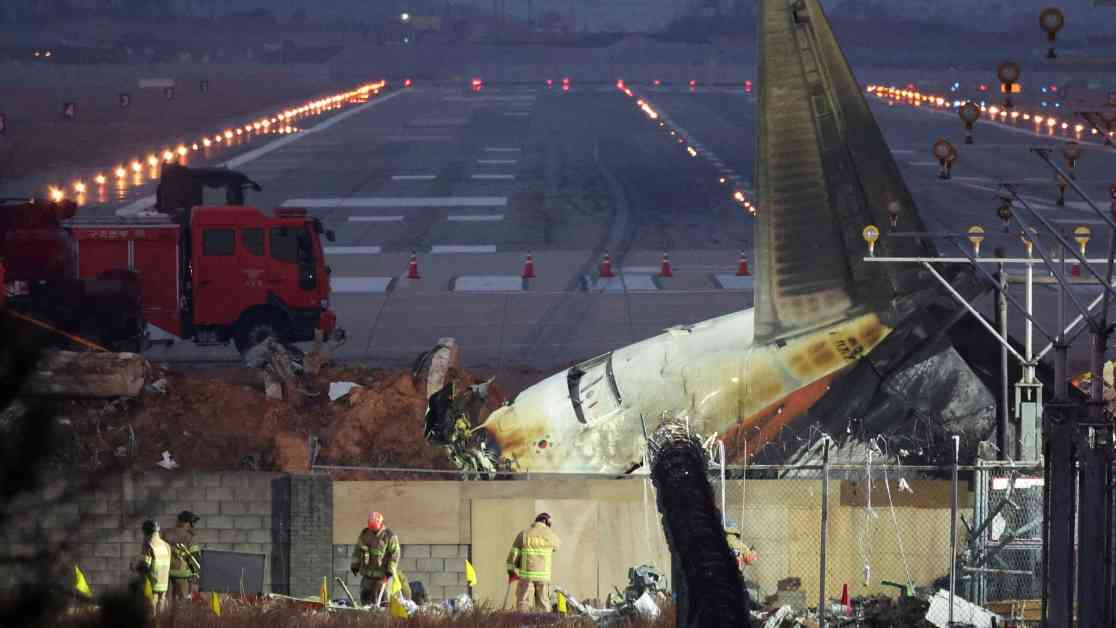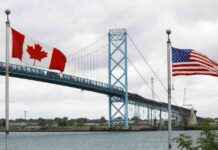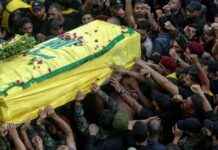The investigation into the tragic Jeju Air plane crash at Muan International Airport in South Korea has revealed major concerns with the design of the runway’s concrete wall. On December 30, 2024, Jeju Air Flight 7C2216 tragically crashed, resulting in the loss of all but two of the 181 people on board.
Experts in the aviation industry are now questioning the positioning of a mound of dirt and a concrete wall beyond the end of the runway, which the Boeing 737-800 jetliner collided with upon landing. The plane’s flaps and landing gear were retracted during the belly landing, causing the aircraft to burst into flames upon impact with the dirt and wall. Todd Curtis, founder of Air Safe Media and former Boeing safety engineer, highlighted the challenges posed by the runway design, stating that it made it difficult to stop the aircraft safely.
### Initial Findings and Investigations
As investigators delve into the cause of the crash, early evidence suggests that a bird strike may have played a significant role in a potential engine failure. This tragic incident has marked the worst air disaster in South Korea in recent memory and is the deadliest crash in years. The investigation will cover various aspects, from aircraft maintenance records to pilot scheduling and cockpit voice recordings.
### Expert Insights and Recommendations
Aviation experts have pointed out that the fatalities could have been minimized if the plane had not collided with the concrete wall. John Cox, an aviation safety consultant and Boeing 737 pilot, emphasized the impact of hitting the wall, suggesting that blunt force trauma from the collision could be a significant cause of death for many passengers on board.
### Safety Measures and Recommendations
Barriers beyond airport runways are commonly recommended for safety purposes. For instance, airports like New York’s LaGuardia Airport have engineered material arresting systems (EMAS) in place to slow down planes beyond the runway and prevent them from entering more hazardous areas. The concrete wall at the edge of the runway at Muan International Airport, however, did not appear to be frangible, lacking the ability to break apart upon impact.
In light of these findings, the aviation industry may need to reconsider safety measures and runway design to prevent similar tragedies in the future.
As I read about the devastating Jeju Air plane crash, it reminded me of my own fear of flying. Despite the statistical improbability of such incidents, the thought of being in a plane crash is a terrifying one. This tragic event serves as a poignant reminder of the importance of aviation safety and the need for continuous improvement in the industry to ensure the well-being of passengers and crew alike. How do you feel about flying in light of recent air disasters?



















